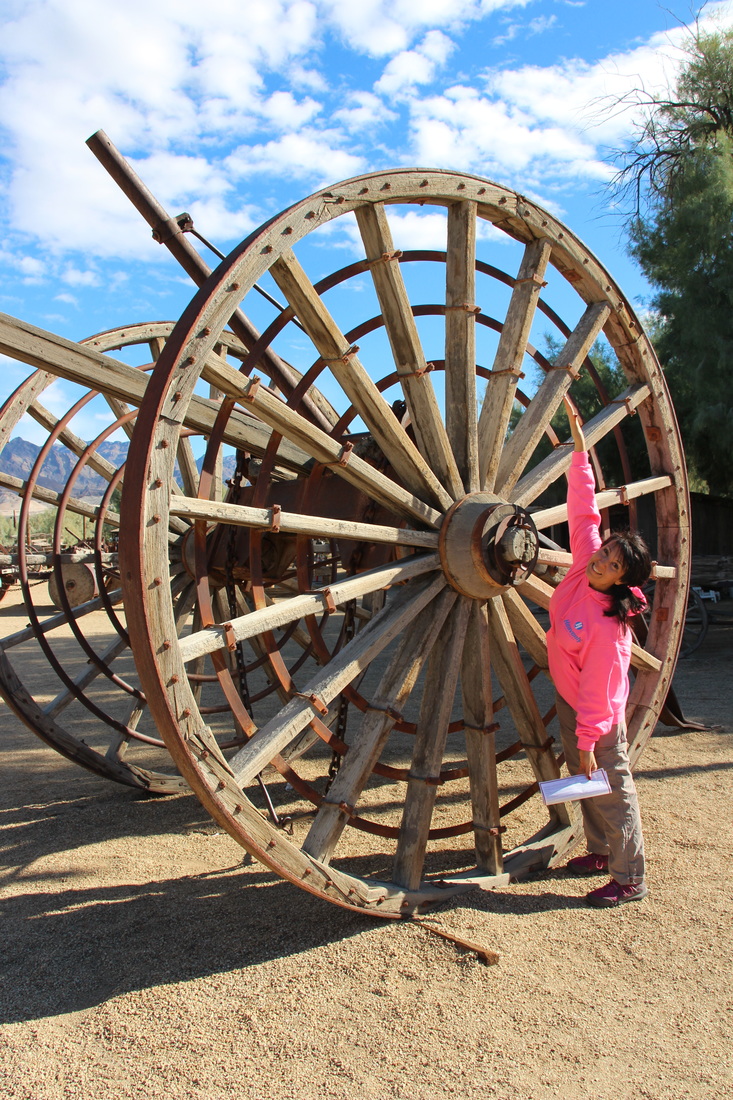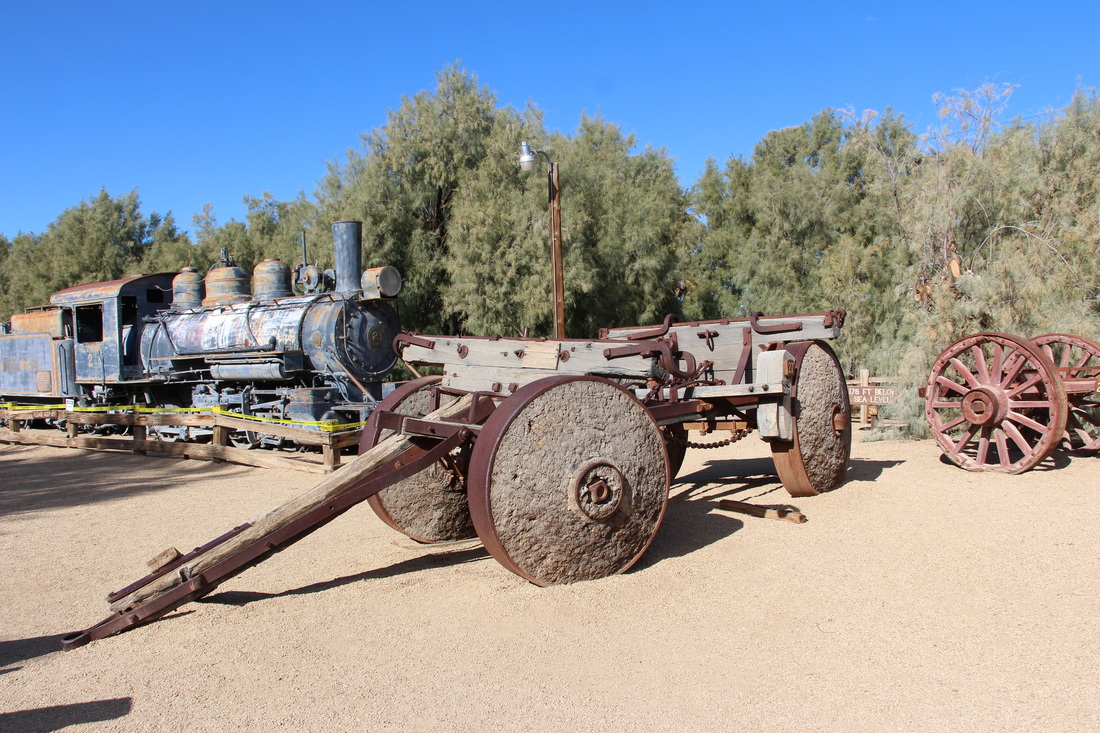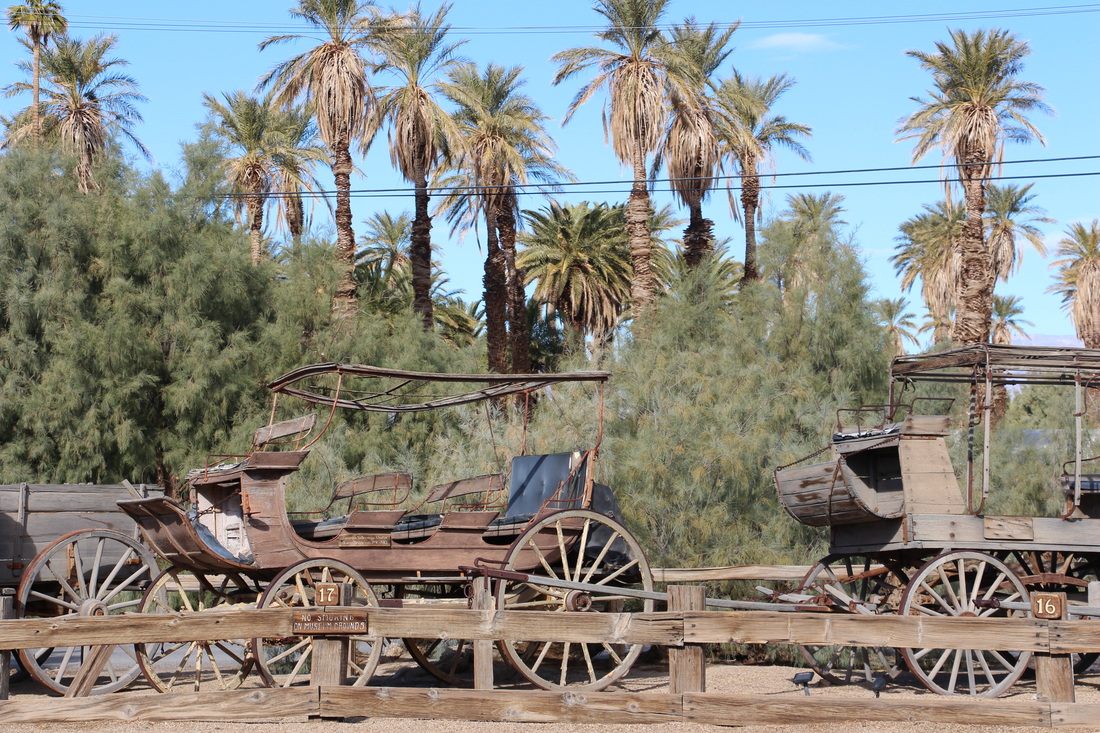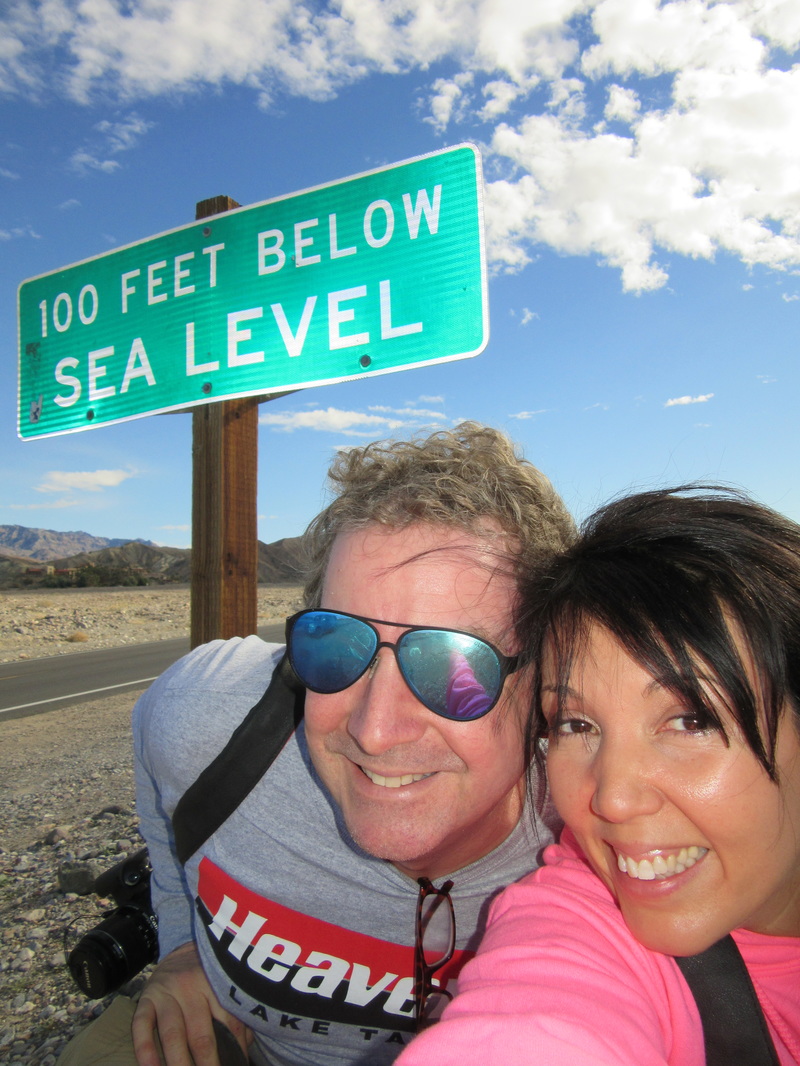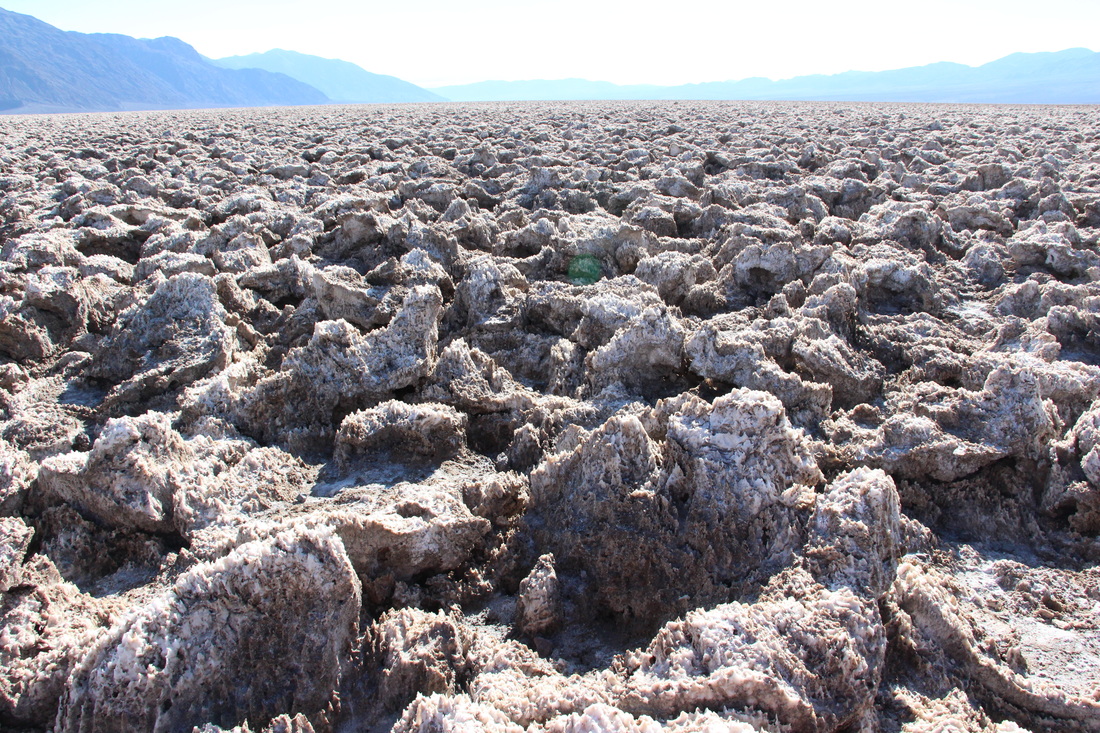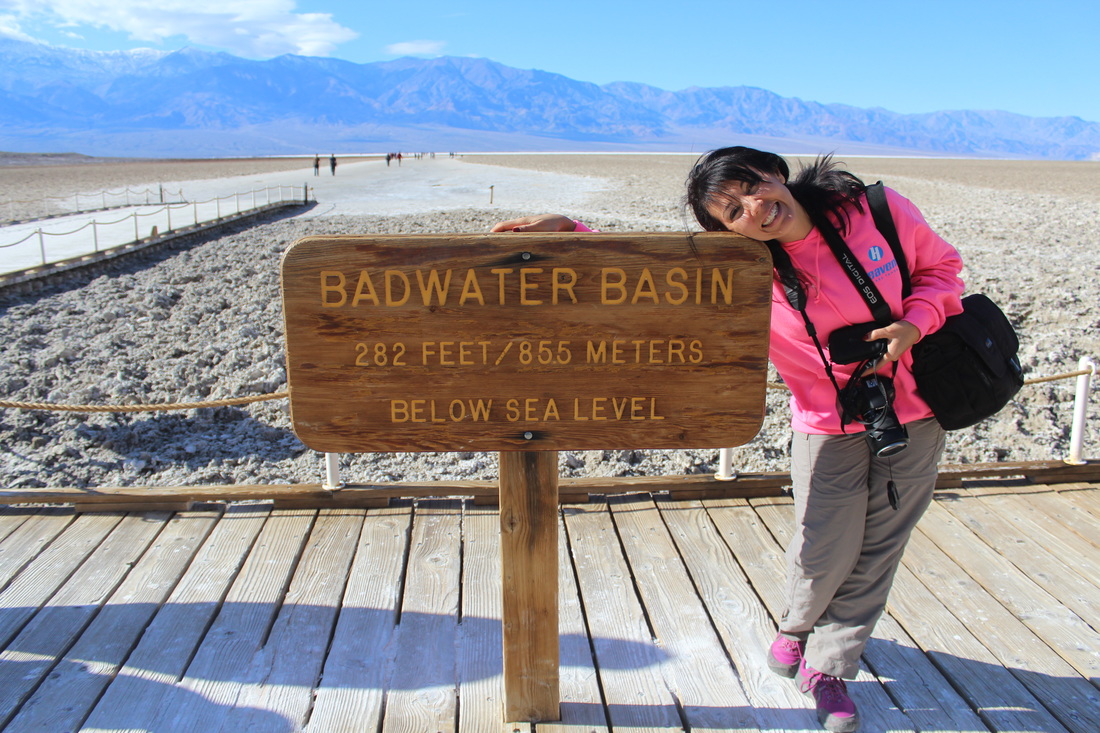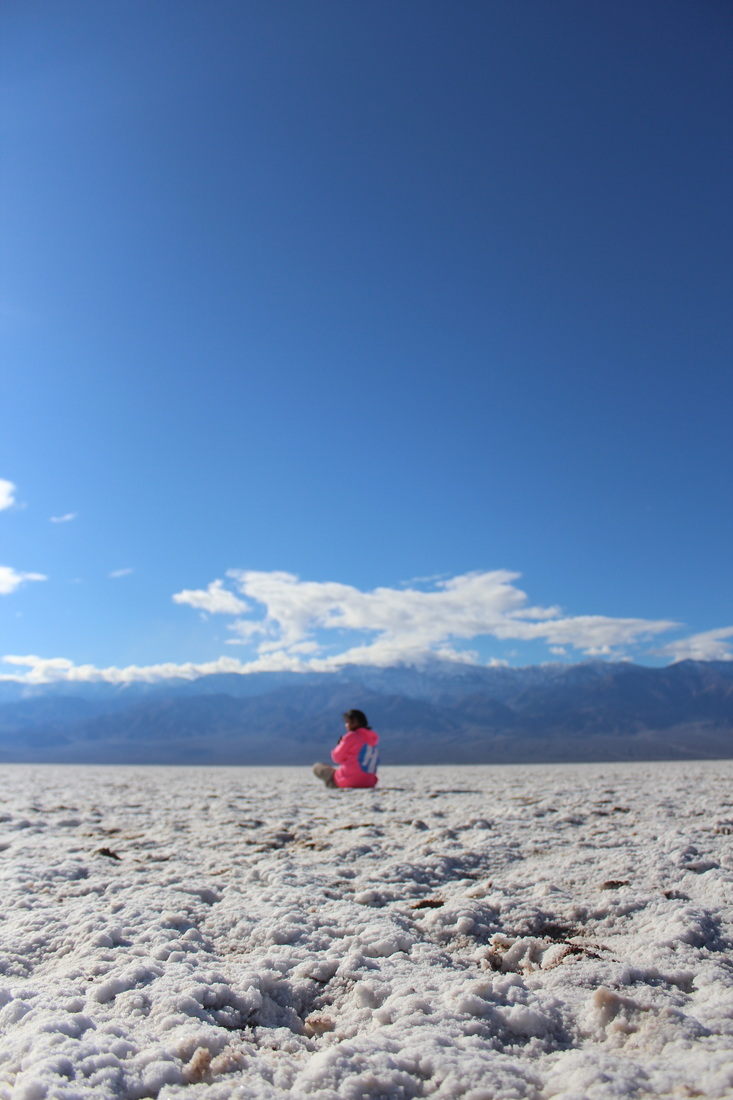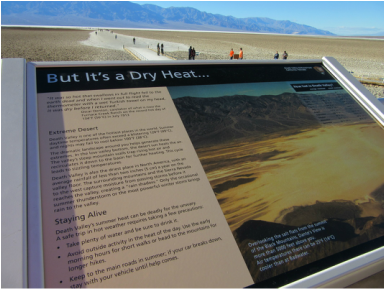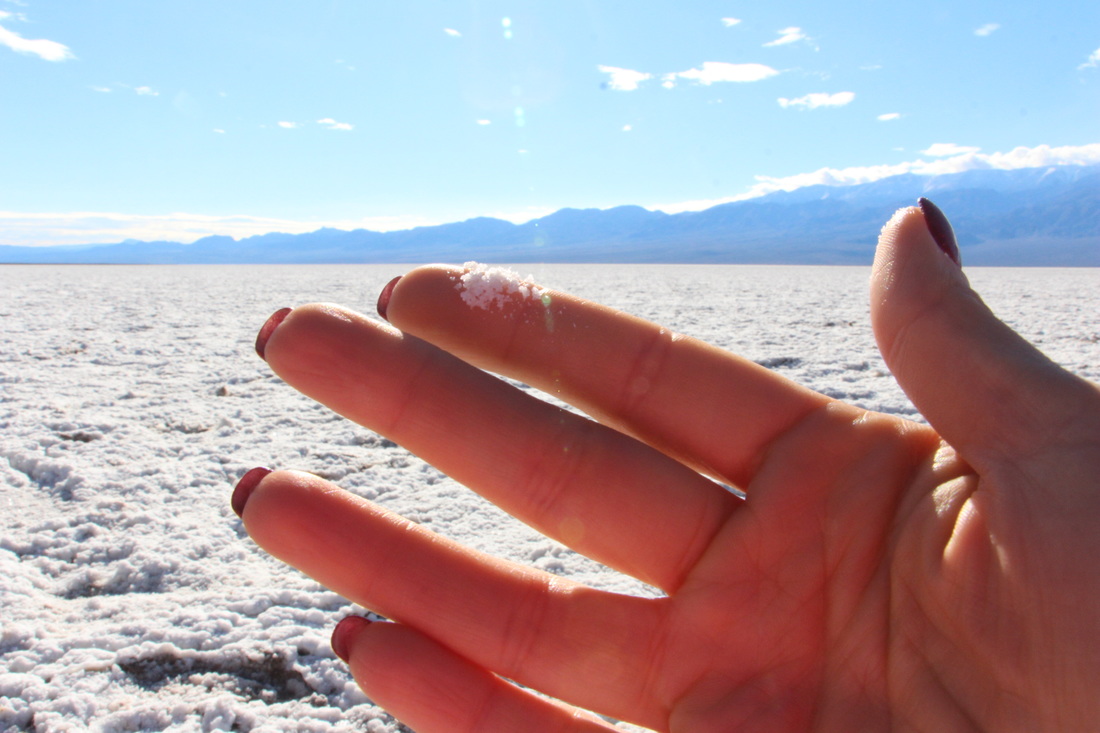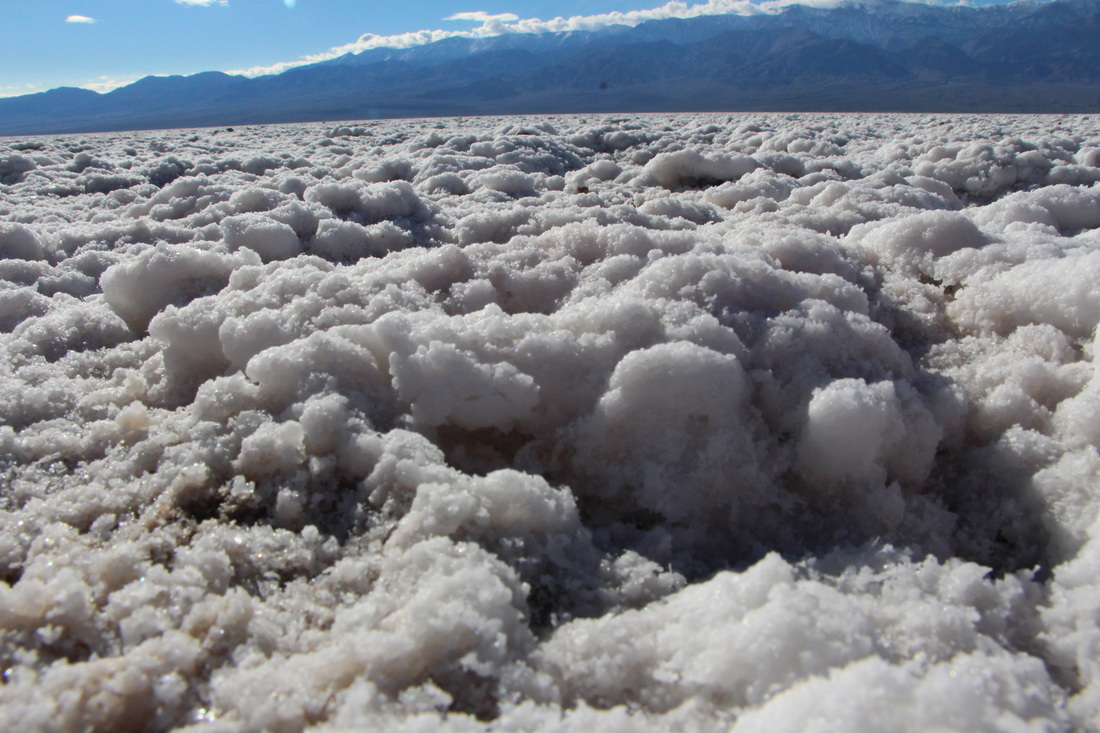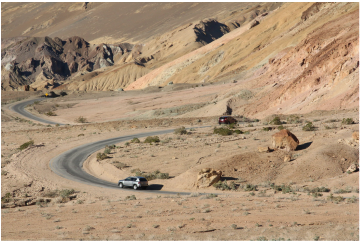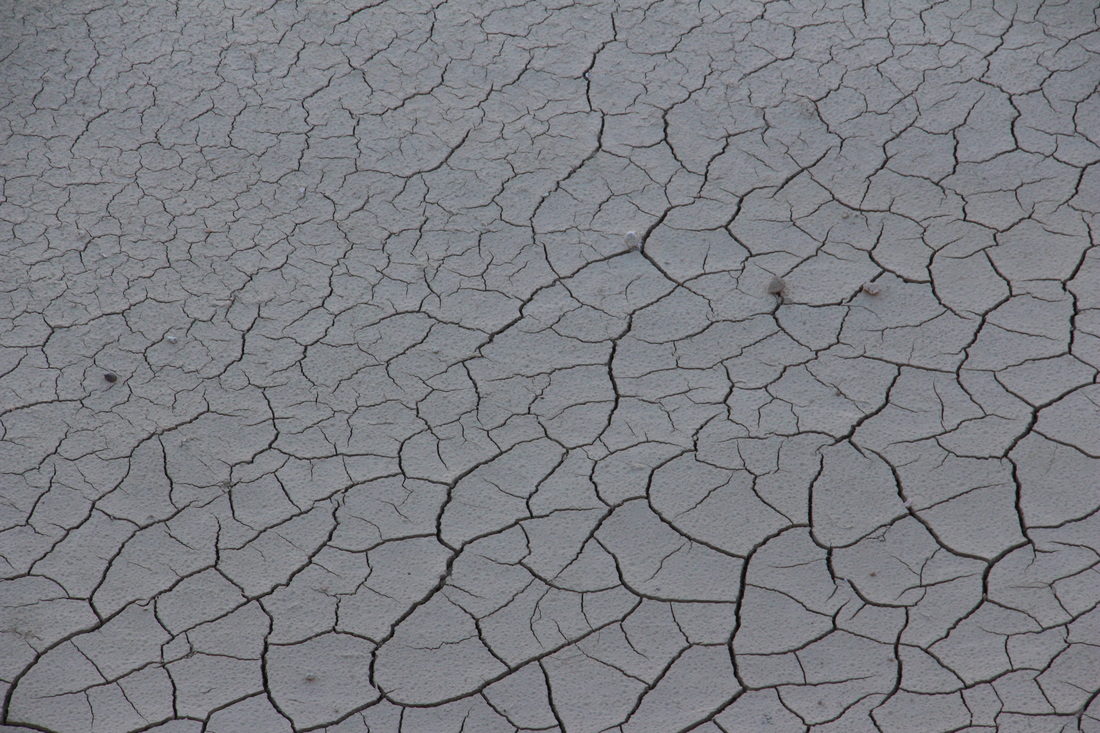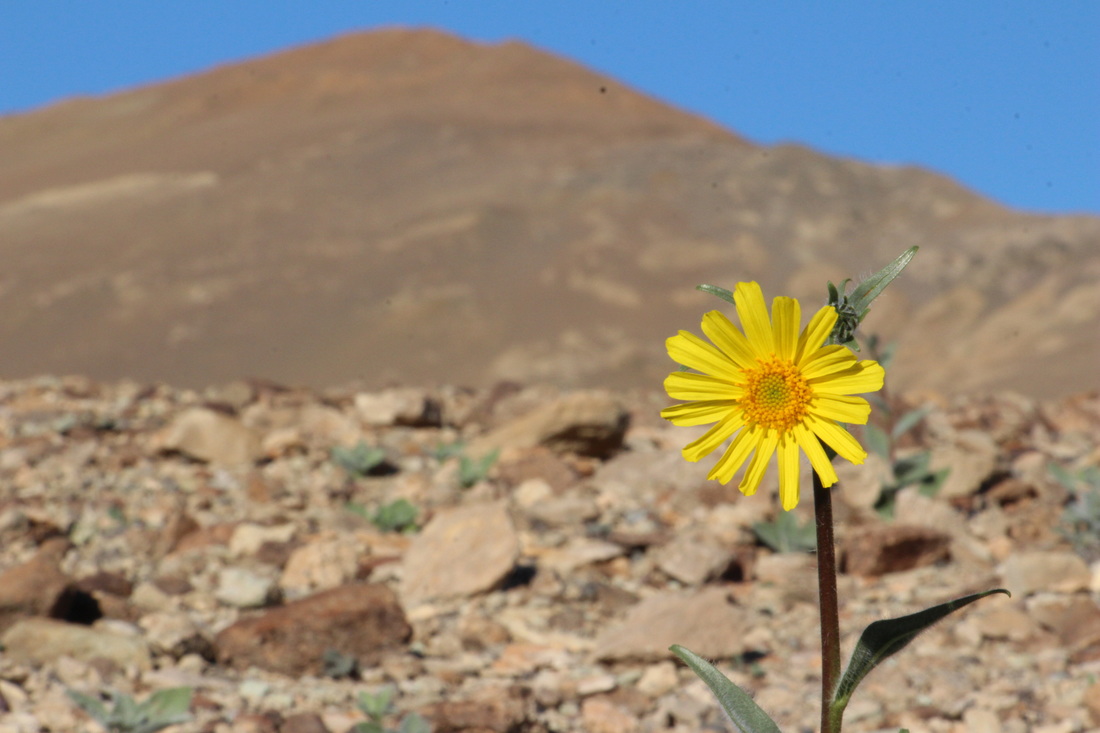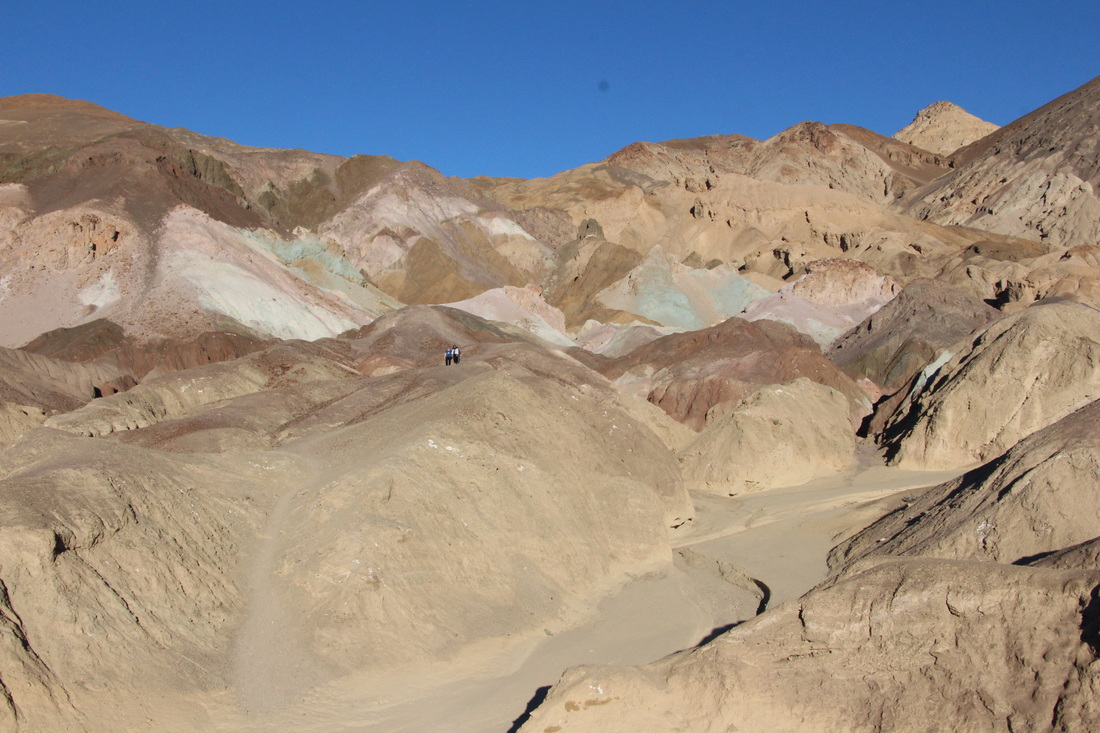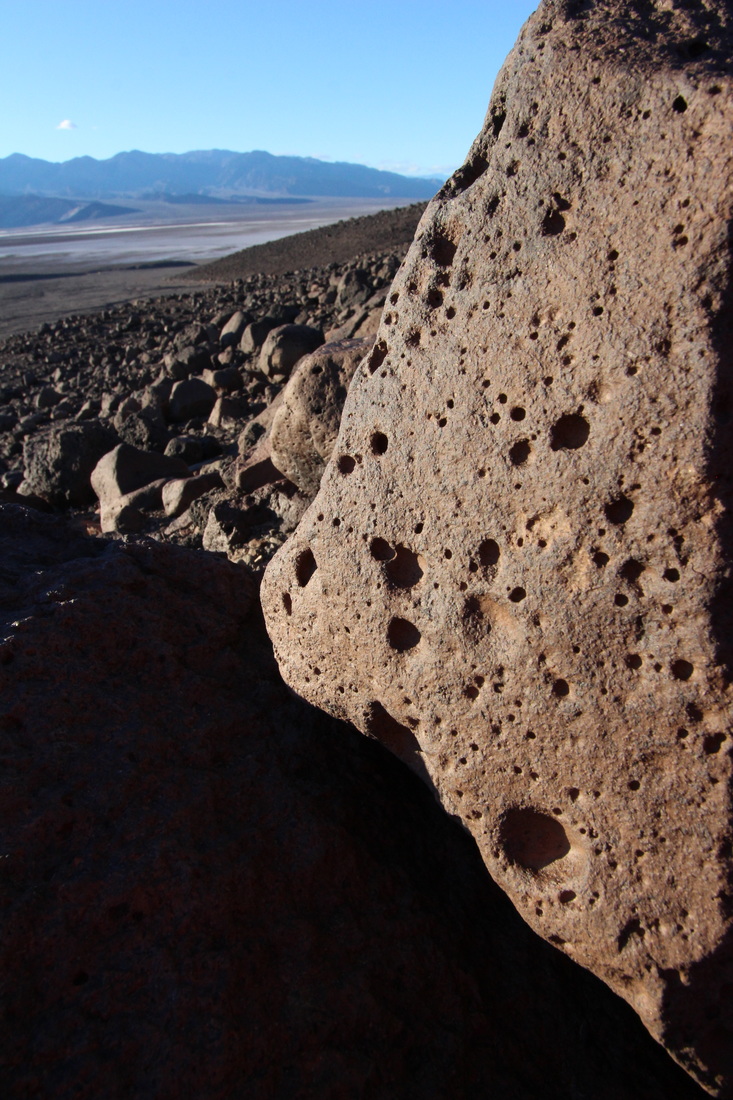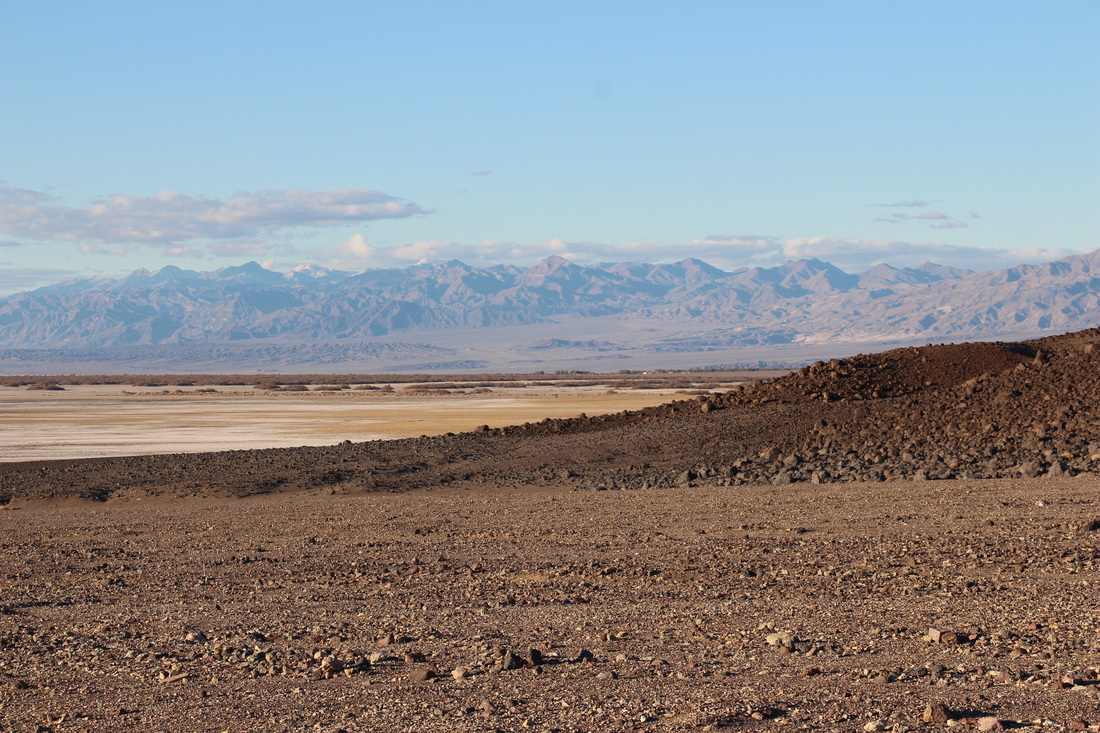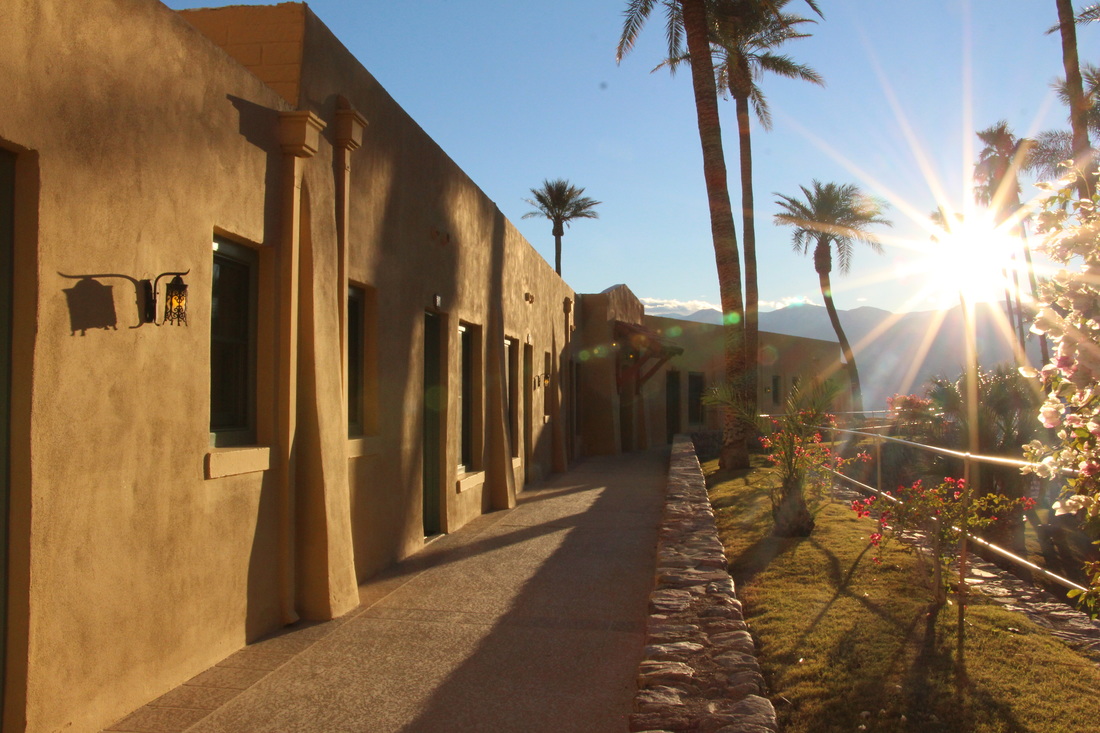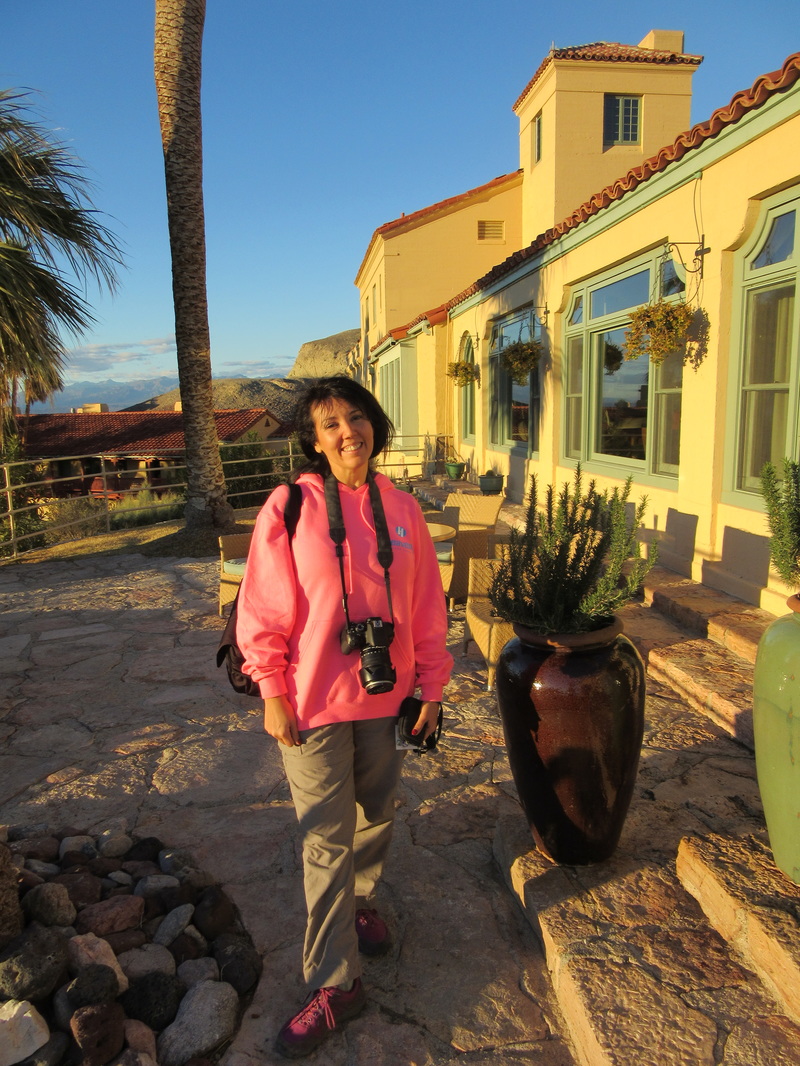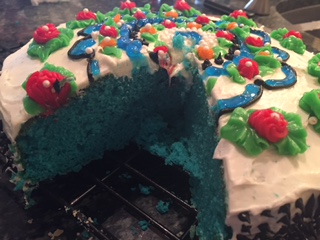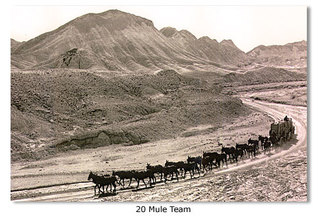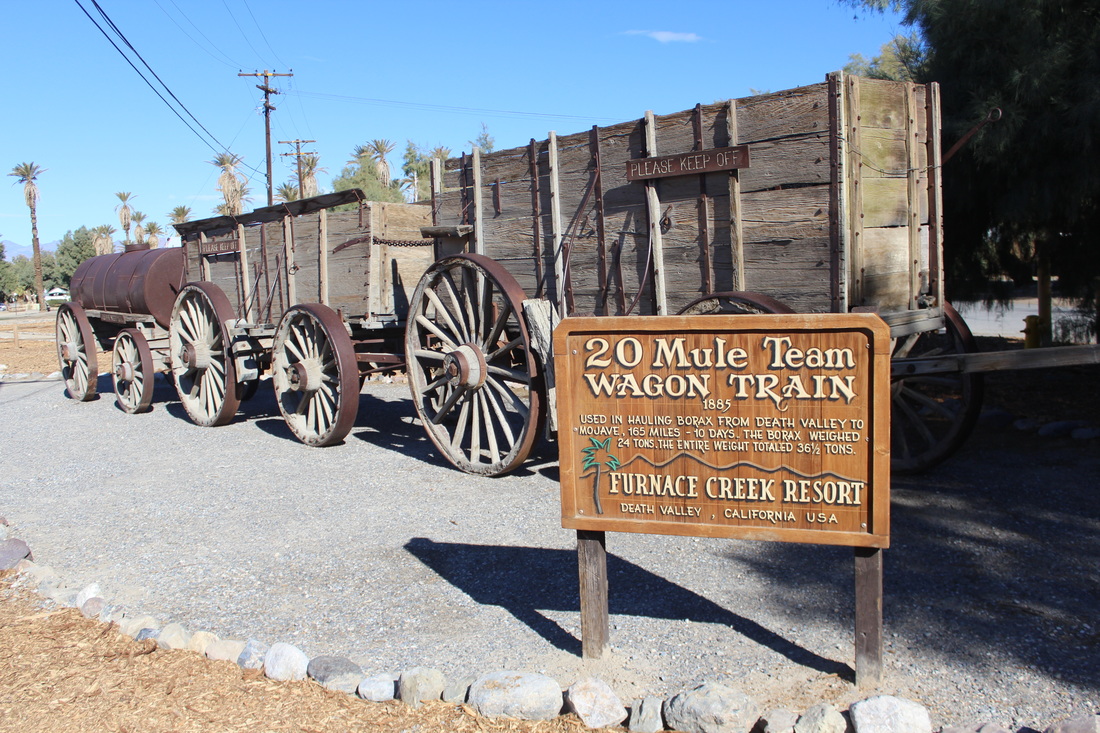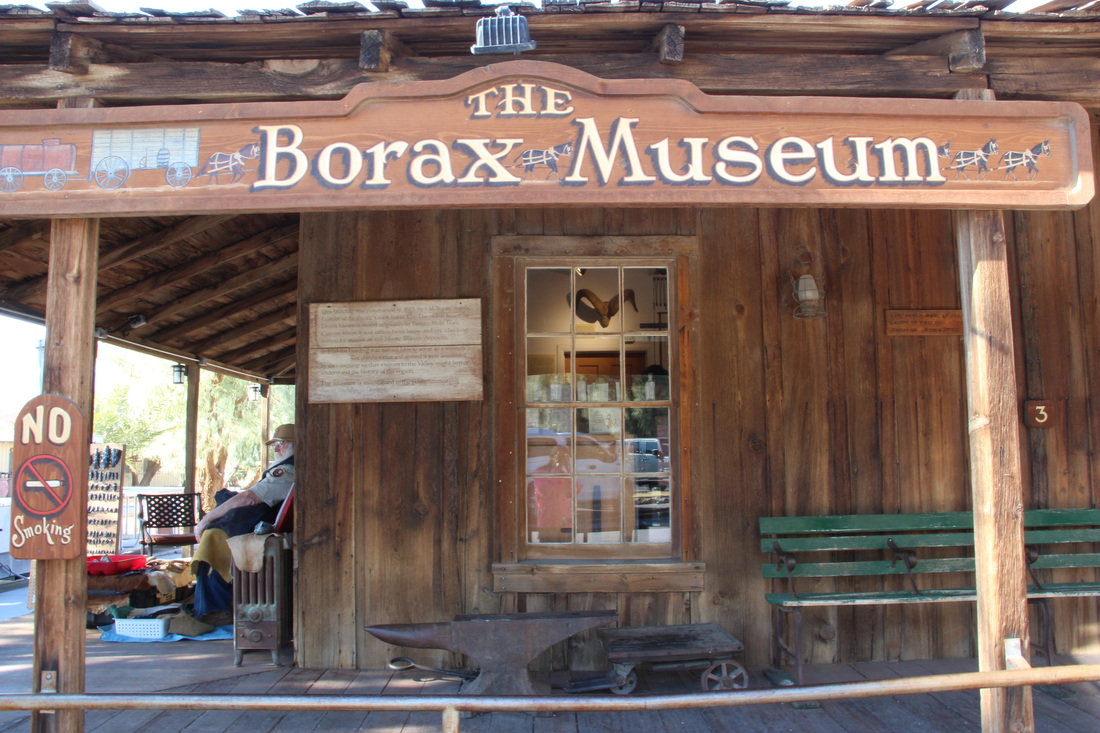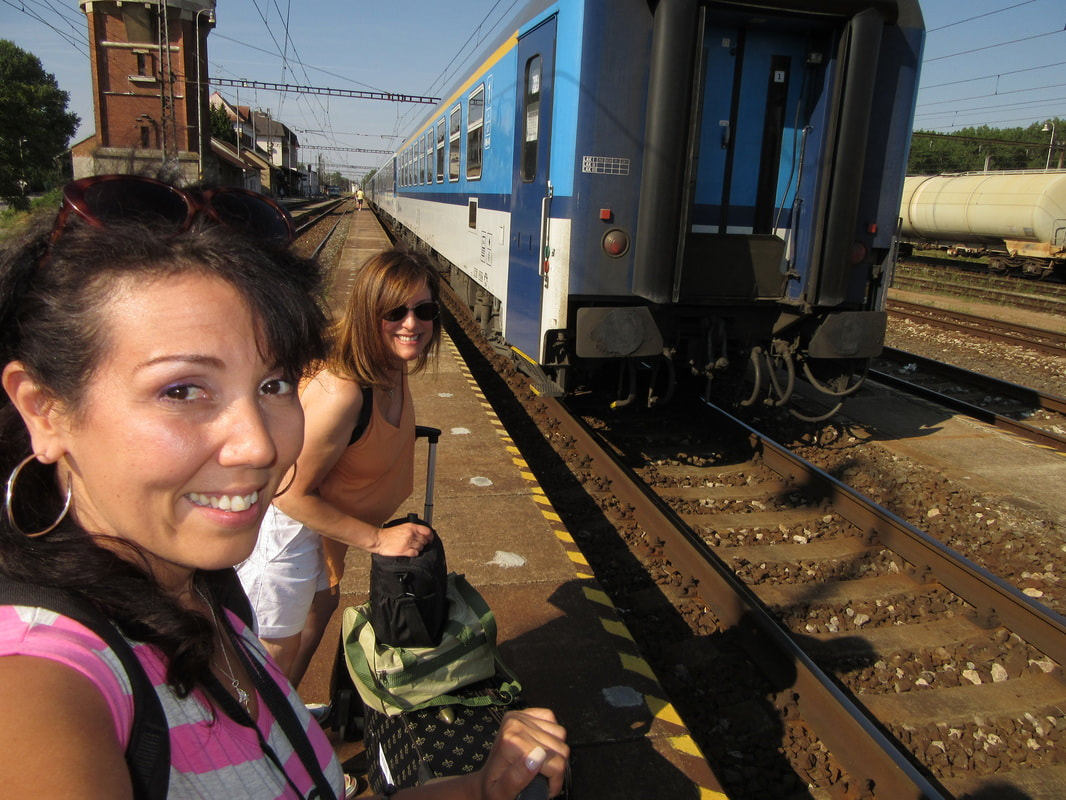Tanya's Daily Scoop | Elisa's Daily Scoop A Closer Look at Death Valley - 20 Mule Teams & Borax MuseumHello!! Welcome to the beginning of the week on Travelin' Cousins!! Boy, was I glad to wake up to sunshine today! Nothing worse than a rainy Monday when you have to get up and at 'em. Yesterday was totally mellow. Gianna and I just hung out at home, catching up on chores and then a bit of relaxing. (Kelsey was with her dad out east for the weekend) My little baker (Gianna) baked a dee-licious "Blue Velvet" cake. What a gorgeous job she did on decorating this yummy dessert! Today, I'll be doing some errands, cleaning up my backyard - still need to cover the outdoor furniture, take in the cushions and clip back the plants. I know, it's late! But, with the warm weather, I let these jobs get away from me. Oh well, no time like the present to get things done!! Moving on...more about Death Valley National Park and the Twenty Mule Teams... I'm sure you have heard the expression "twenty mule team" - well, do you know where that expression came from? It actually has its roots in Death Valley. Twenty-mule teams were teams of eighteen mules and two horses attached to large wagons. Back in 1883 through 1889 (six years), these "big teams" hauled borax from the Harmony Borax Works near Furnace Creek to the railhead near Mojave - a grueling 165 mile - ten day trip across undeveloped roads. Twenty mules were able to pull approximately 40 tons. Each wagon measured 16 feet by 4 feet by 6 feet deep and weighed 7800 pounds empty and when loaded with ore, the total weight of the mule train was 73,200 pounds. To put the size in perspective - the back wheels were about 7 feet tall, front ones is 5 feet and each one weighed 1000 pounds each. The twenty mule team has become an everlasting symbol of the Old West, primarily due to two factors. The advertising campaign in promoting 20-Mule-Team Borax Soap and the long-running Death Valley Days radio and television program. Today, the last remaining wagons in Death Valley can be seen in in front of Furnace Creek Ranch and at Harmony Borax Works. Borax is a valuable mineral known since ancient times, used for centuries as a stain-resistant porcelain glaze and in modern times, used in the preparation of medicated bandages, antiseptic solutions, cosmetics, enamel and as a cleansing agent. Borax’s history in Death Valley goes back seven million years. From a combination of volcanic activity and flash flooding, the ash formed thick layers within the formed lakes, and these deposits contained boron - the principal element in borate crystals. Over time, evaporation concentrated what had been lakes into a salty solution from which Death Valley's borate deposits crystallized. Industrialists from the late 1880's invested in these mines and the equipment to refine the borate crystals and developed the Borax industry in Death Valley. The Borax Museum is the oldest structure in Death Valley and contains many mining artifacts from the late 1800’s and early 1900’s. It also houses an extensive mineral collection, and has many outdoor exhibits located on the museum grounds. Tanya continued her way through the park yesterday, with more to tell you about today - wish I was traveling with her :-( Catch ya back here tomorrow!!! -E xoxo |

